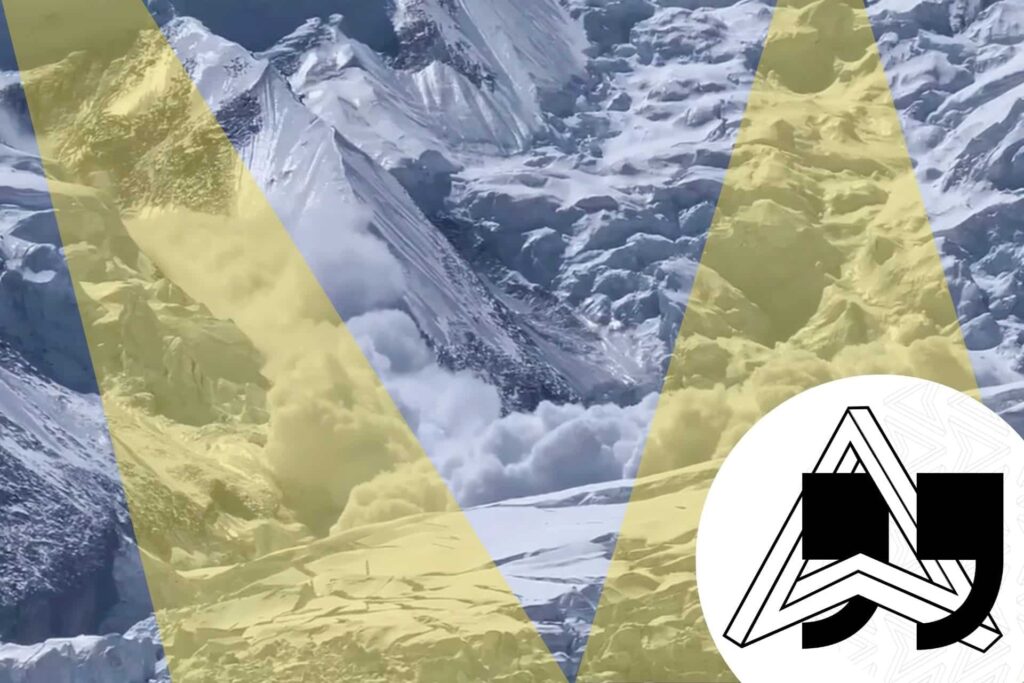
It was midday on Monday, April 7, when an avalanche swept down the Annapurna face, killing two Nepalese Sherpas. Rima Rinje and Ngima Tashi were above Camp 2, at around 5600 meters. They were in charge of supplying the camps with oxygen cylinders, when a huge avalanche hit. Miraculously, a third Sherpa, Pemba Thenduk, also caught in the avalanche, managed to escape. All three men worked for the Seven Summit Treks agency.
Chhang Dawa, one of the company’s directors and leader of the Annapurna expedition, announced the disaster and immediately dispatched a helicopter and a team of four other sherpas to try and find Rima and Ngima, without success.
A few hours earlier, some forty people had reached the summit of the Himalayan giant. Among them, a large half of sherpas, who help “eight-millimeter” clients achieve their goal. The ritual for commercial expeditions is well established: a top team of sherpas reach the summit, open the route and equip it with fixed ropes, then a second wave of sherpas takes the clients to the top. Meanwhile, the little hands supply the camps with food and precious oxygen cylinders, without which the clients would not return from “their” summit.

Annapurna this year. The normal route passes below and between the seracs in the center. ©Csaba Varga
The price? A very high one. On Everest, April 18, 2014, one of the deadliest avalanches in Himalayan history claimed the lives of sixteen men in the ice-fall, three of whom were never found. All were sherpas responsible for equipping and supplying the normal route.
On April 7, 2025, the same thing happened on Annapurna. A fatality? Not really. On Everest, the agencies – both Nepalese and Western – realized that the less time their clients spent in the ice-fall, the better. While the sherpas toil away carrying loads on a chaotic glacier overhung by menacing seracs, clients acclimatize on Lobuche or Island Peak. And they only make two, or even one rotation through the ice-fall. The same reasoning applies to Annapurna.
The “first 8000” is more unrecognizable than ever: drought and climate change have transformed its normal north-facing route into a horrendous trail of seracs, crevasses and black ice. If this wasn’t an 8000-meter summit, no one would have the ill-fated idea of climbing it. What would we say if French guides had to work in such a place?
Shortly before Monday’s tragedy, Mingma G. Sherpa, agency director and expedition leader, announced that this would be his last time on Annapurna, and his most difficult season due to the conditions: “I don’t want to risk my life here anymore”.
“I no longer wish to risk my life on Annapurna” Mingma G.
But here’s the thing. Other sherpas will continue the job, for want of a better one. They carry the gear, make the tracks, fix thousands of metres of fixed rope. As Bernadette McDonald explains in her indispensable new book, they are the real heroes of the Himalayas.
Sherpas who were compensated “ten rupees a finger” (frozen then amputated) in the 1930s. How much today for the two bereaved families? Probably more, fortunately, thanks to the Nepalese owners of the agency that employs them. Probably never enough, in any case. Especially to satisfy the ego of the globalized clientele who glean the fourteen 8000 without knowing the names of those who sacrifice themselves.


